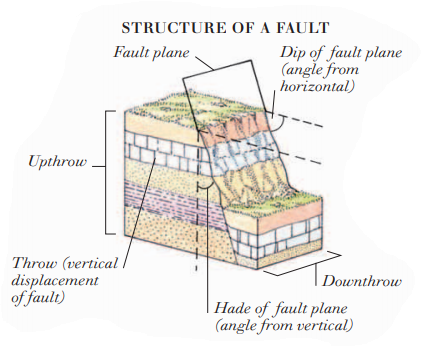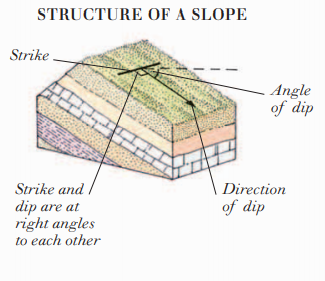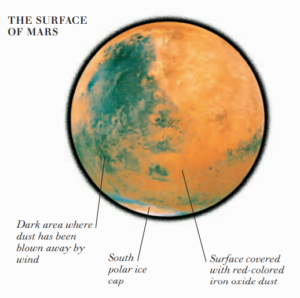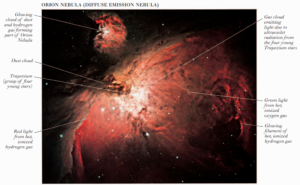THE CONTINUOUS MOVEMENT of the Earth’s crustal plates can squeeze, stretch, or break rock strata, deforming them and producing faults and folds. A fault is a fracture in a rock along which there is the movement of one side relative to the other. The movement can be vertical, horizontal, or oblique (vertical and horizontal). Faults develop when rocks are subjected to compression or tension. They tend to occur in hard, rigid rocks, which are more likely to break than bend. The smallest faults occur in single mineral crystals and are microscopically small, whereas the largest—the Great Rift Valley in Africa, which formed between 5 million and 100,000 years ago is more than 6,000 miles (9,000 km) long. A fold is a bend in a rock layer caused by compression. Folds occur in elastic rocks, which tend to bend rather than break. The two main types of the fold are anticlines (unfolds) and synclines (downfolds). Folds vary in size from a few millimeters long to folded mountain ranges hundreds of miles long, such as the Himalayas and the Alps, which are repeatedly folding. In addition to faults and folds, other features associated with rock deformations include boudins, mullions, and echelon fractures.














